Nitrogen Reducing Septic System
Nitrogen reducing septic system. The limits of conventional nitrogen removal technology are generally accepted as 3 mgl of nitrogen. Under these plans new septic systems on lots of less than one acre permitted in some sensitive springs areas Priority Focus Areas or PFAs will be required to be nitrogen-reducing. Septic system remediation plans require new development to.
Septic systems also known as on-site sewage systems OSS are designed to reduce pollution by treating the solids pathogens organics and ammonium a form of nitrogen in human waste before it is discharged to the soil. Big Hello to Bob Johnson Atlantic. Under these plans new septic systems on.
A new law adopted unanimously by the Suffolk County Legislature last week will require the use of nitrogen-reducing septic systems in all new construction projects. Lawmakers and environmental advocates joined Suffolk County Executive Steve Bellone in Lake Ronkonkoma where he signed the bill into law Thursday. This process has been used successfully with agricultural runoff.
Passive nitrogen reduction systems are systems that reduce effluent nitrogen using reactive media for denitrification and a single liquid pump if necessary. Each of these options is described below. New conventional systems will no longer be permitted in these areas except when a sewer will be available within five years.
As outlined in our prior blog by Anthony S. In-Ground Nitrogen-Reducing Biofilters INRBs. An upgraded nitrogen-removing Best Available Technology BAT unit reduces a systems nitrogen load in half.
Starting in the late 90s farmers began experimenting with wood chip filters to reduce nitrate in field runoff. What Florida Department of Health DOH-approved nitrogen-reducing septic systems exist. INRBs are nitrogen-reducing media layers placed underneath a conventional drainfield.
The project set out to answer two major questions. New conventional systems will no longer be permitted in these areas except when a sewer will be available within five years.
Nitrogen reducing septic systems are required by RIDEM to reduce the Nitrogen concentrations in the discharged wastewater by 50 as compared to a conventional septic system and are must meet discharge concentrations of less than or equal to 19 parts per million.
Starting in the late 90s farmers began experimenting with wood chip filters to reduce nitrate in field runoff. Starting in the late 90s farmers began experimenting with wood chip filters to reduce nitrate in field runoff. Costs for nitrogen reducing systems are significant. A recent and alarming statistic shared by the Suffolk County Department of Health Services indicates that more than 80 of nitrogen found in Long Islands surface waters is attributable to sewage. Under these plans new septic systems on. An advanced nitrogen-removing septic system at a home near the coast in Charlestown. Lawmakers and environmental advocates joined Suffolk County Executive Steve Bellone in Lake Ronkonkoma where he signed the bill into law Thursday. Nitrogen Reducing Septic Systems Importance. In a process worthy of a chemistry lesson nitrogen-reducing septic systems convert the ammonia from urine into nitrateBacteria then strip oxygen away from the nitrate leaving nitrogen gas which rises into the air keeping it out of the water table.
FOR FURTHER QUESTIONS OR CONCERNS CONTACT. They range from 4000 for some systems used to retrofit existing systems to 11000 or more for nitrogen reduction units more appropriate for new construction. Starting in the late 90s farmers began experimenting with wood chip filters to reduce nitrate in field runoff. Under these plans new septic systems on lots of less than one acre permitted in some sensitive springs areas Priority Focus Areas or PFAs will be required to be nitrogen-reducing. In fact nearly all nitrogen reducing systems sampled in a recent study in Charlestown achieved a required 50 reduction of nitrogen from wastewater. A new law adopted unanimously by the Suffolk County Legislature last week will require the use of nitrogen-reducing septic systems in all new construction projects. Ammonium-nitrogen in wastewater leaving the septic tank moves down through the Drainfield Area soil and an additional oxygen-rich zone U nsaturated Nitrification Soil.






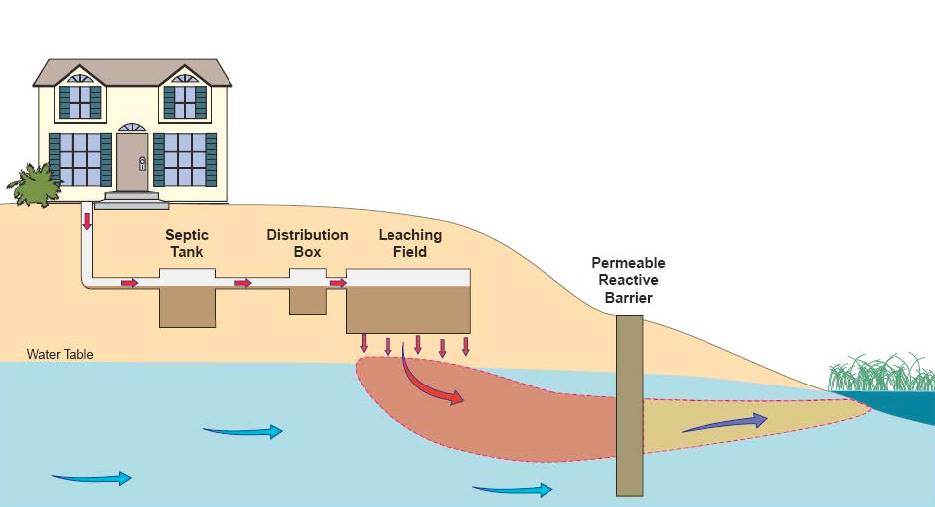
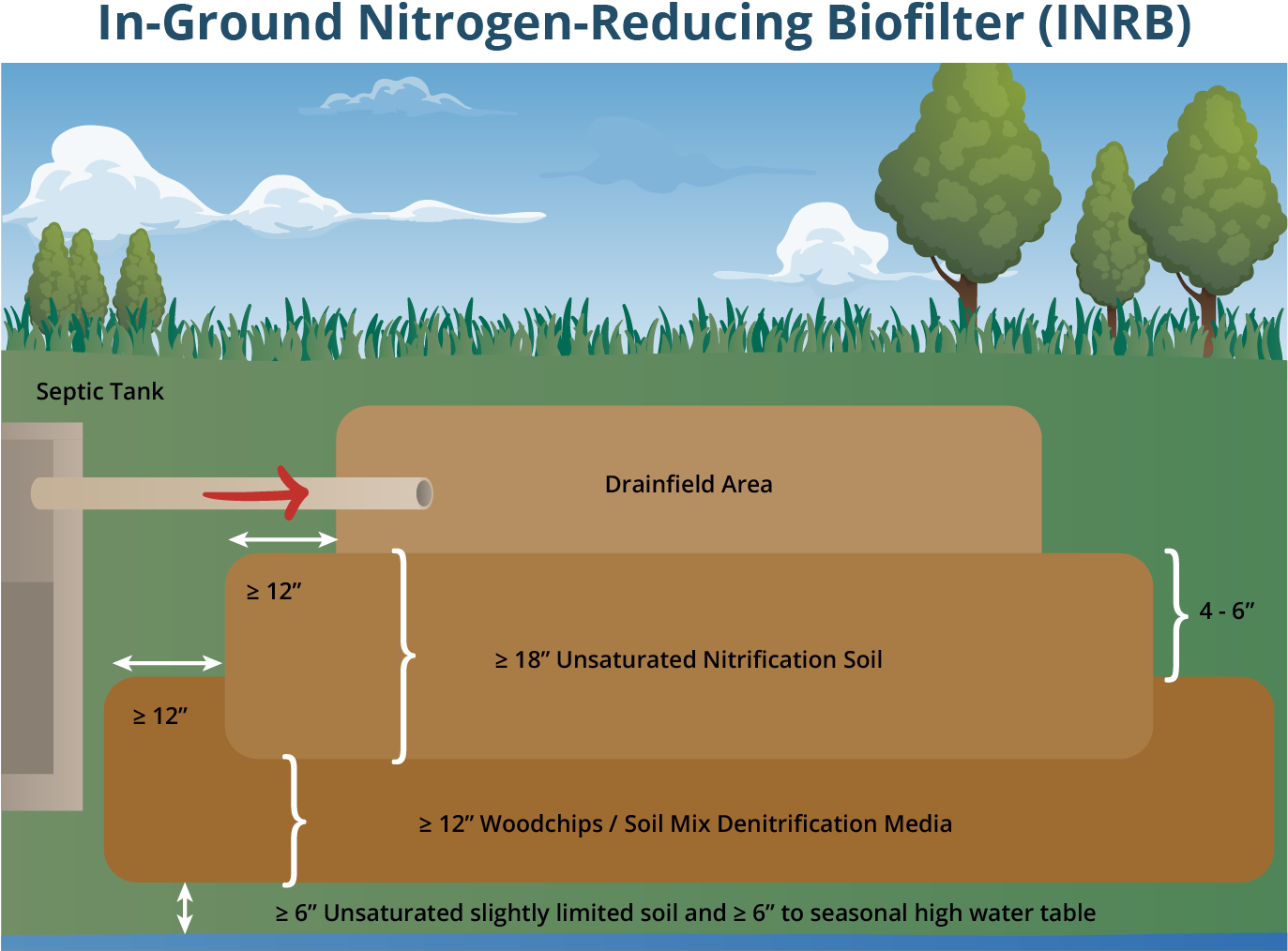



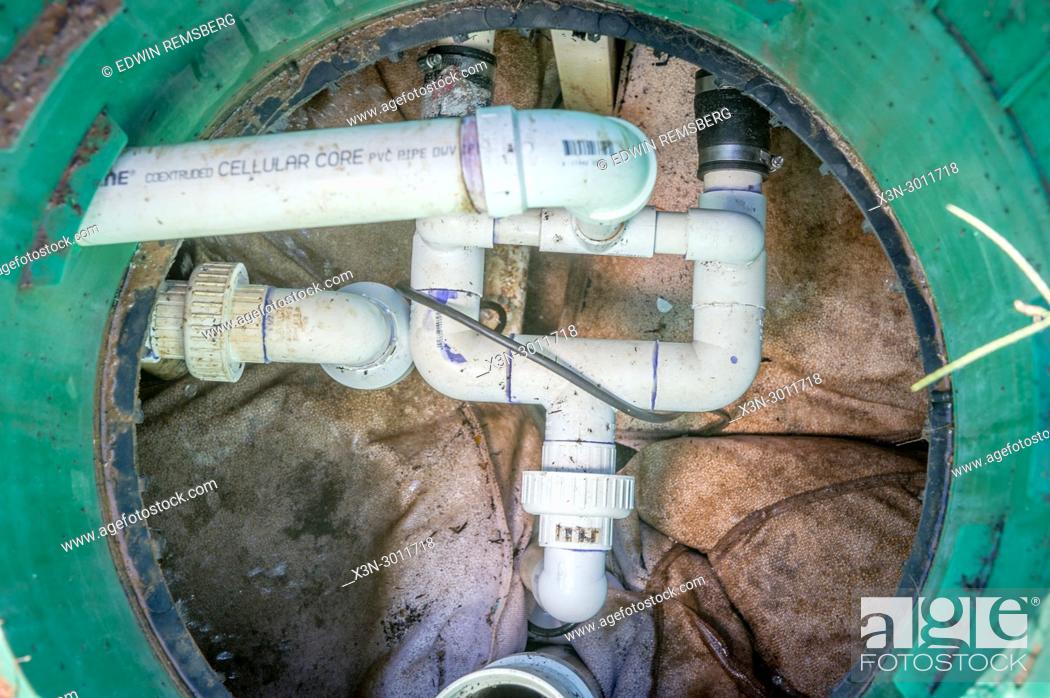




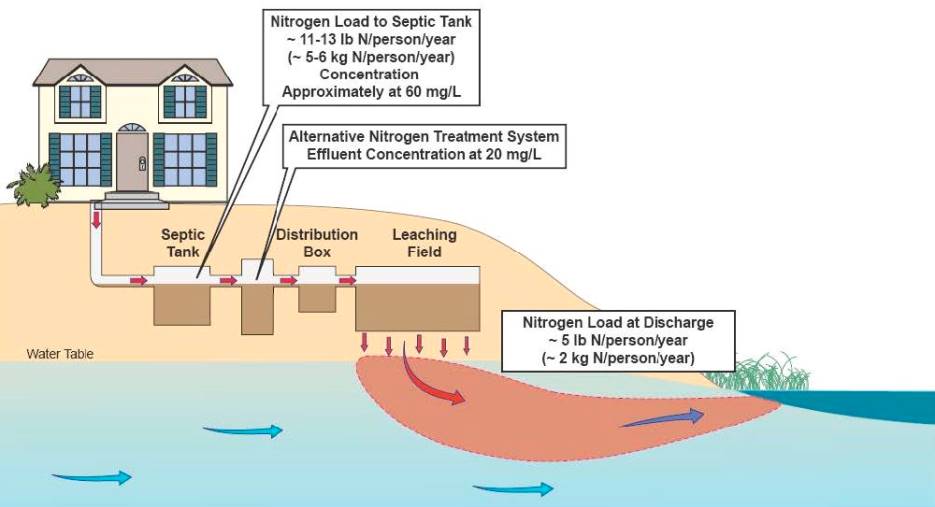
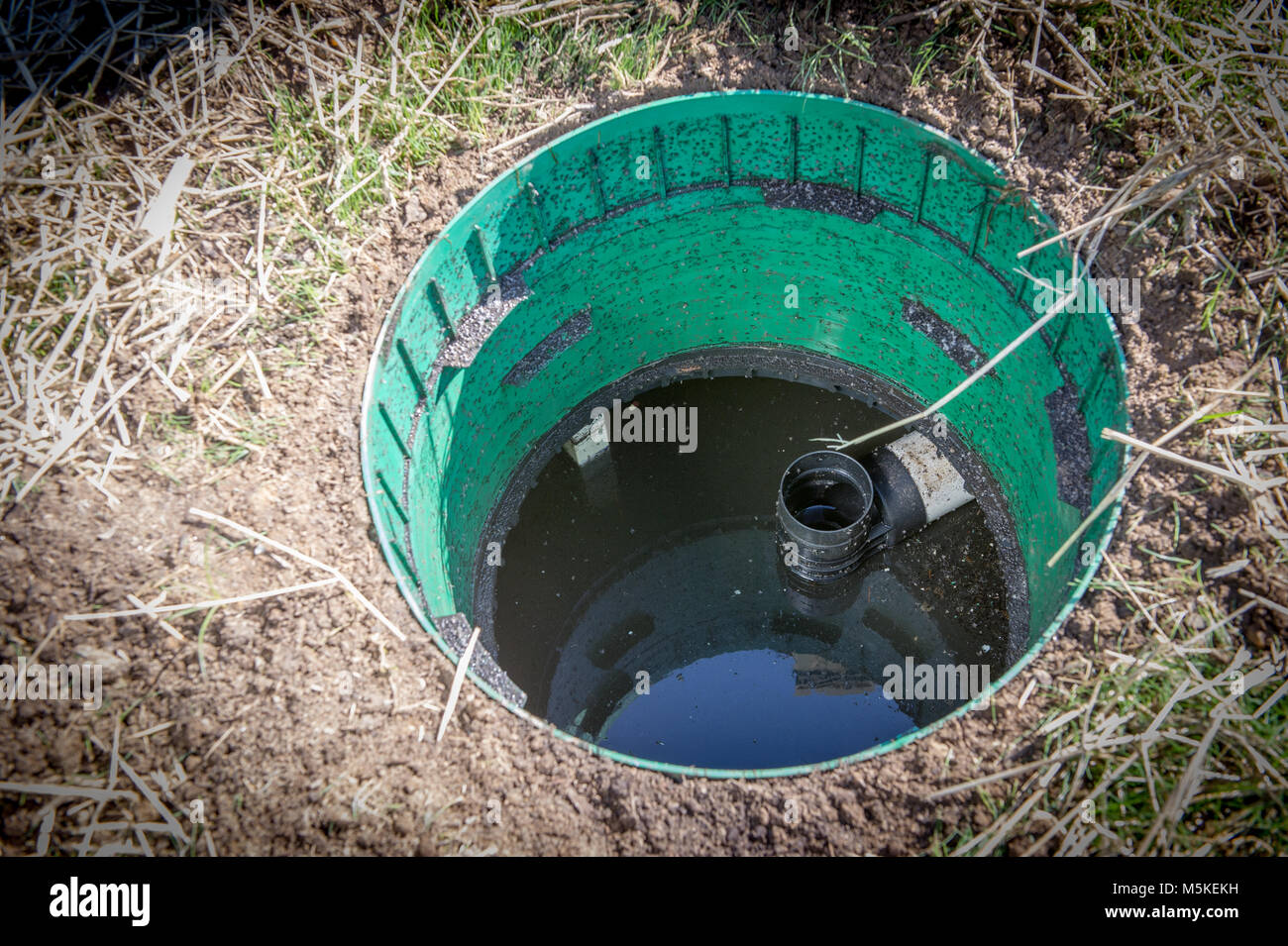



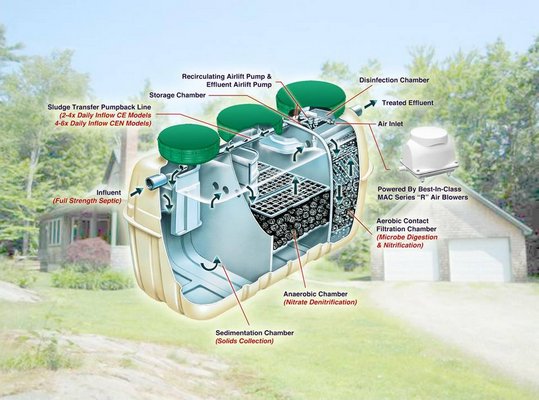
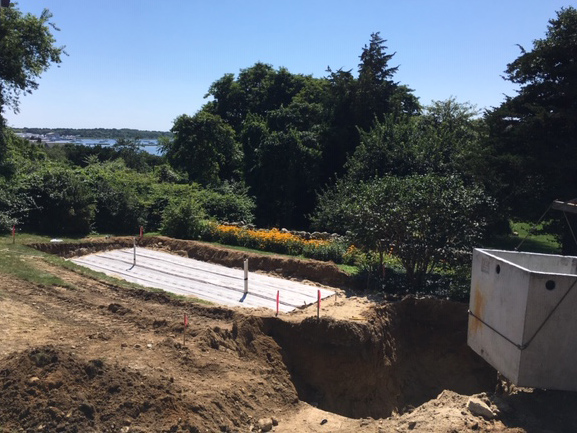

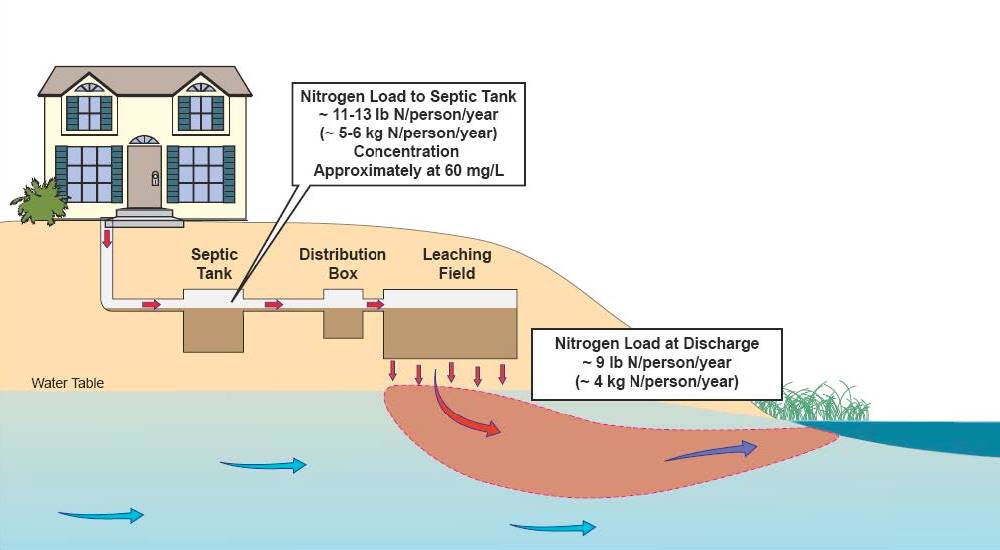

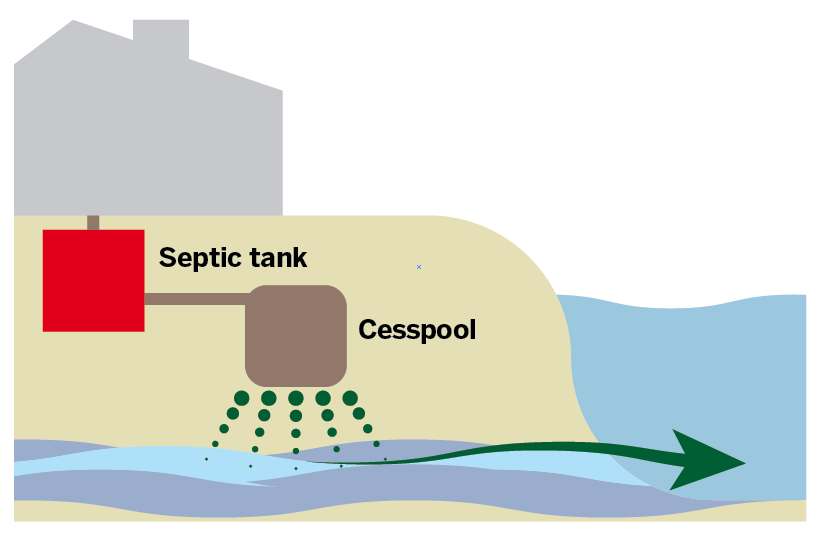
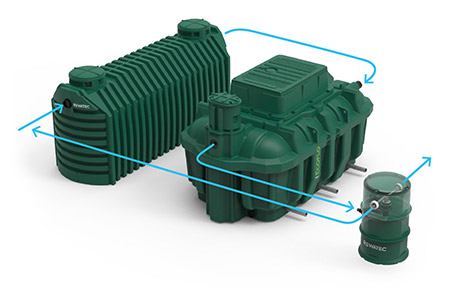
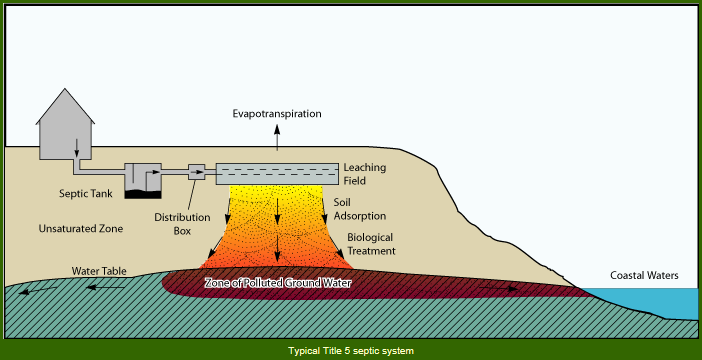

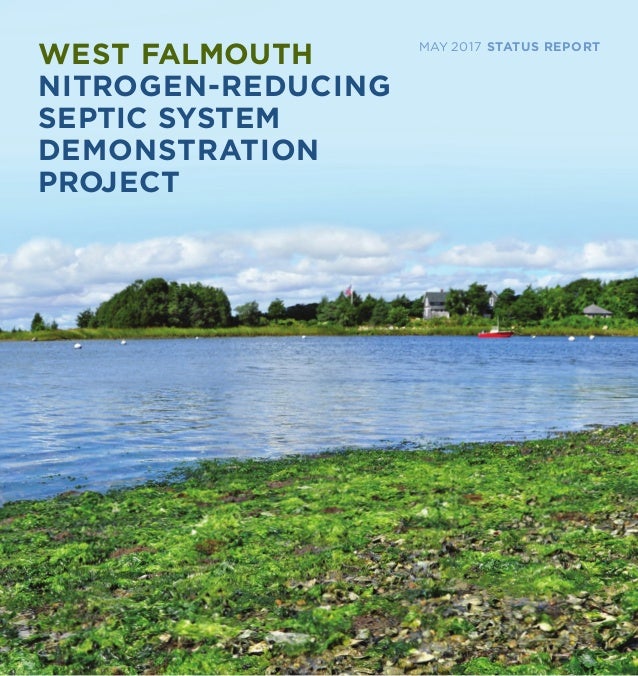

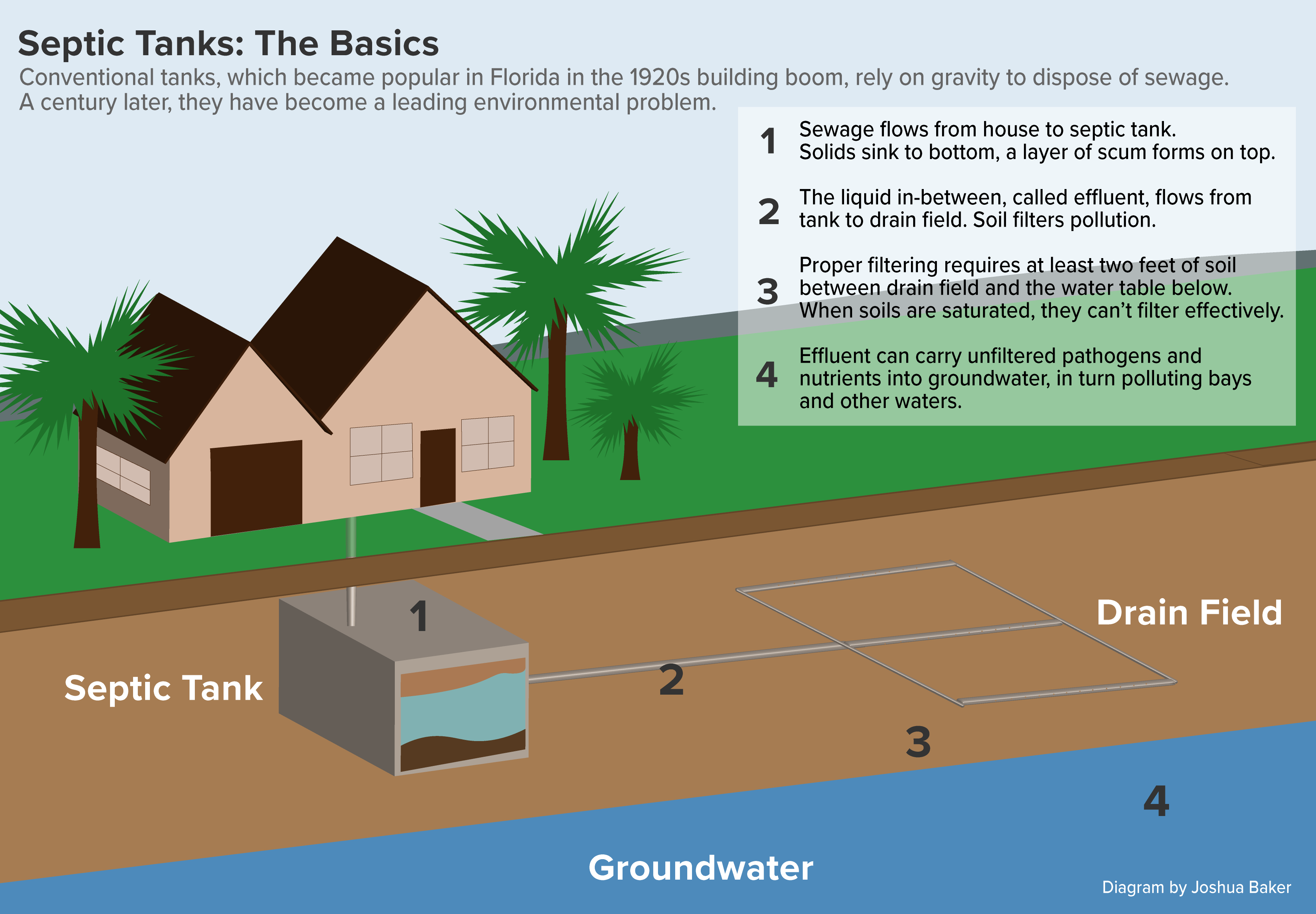


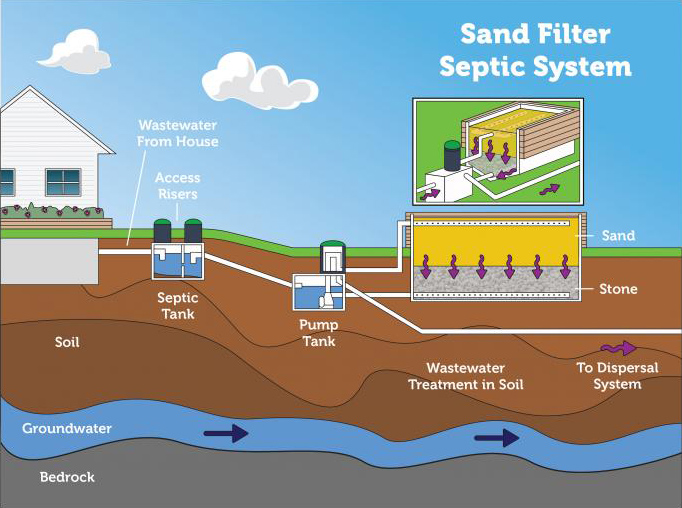

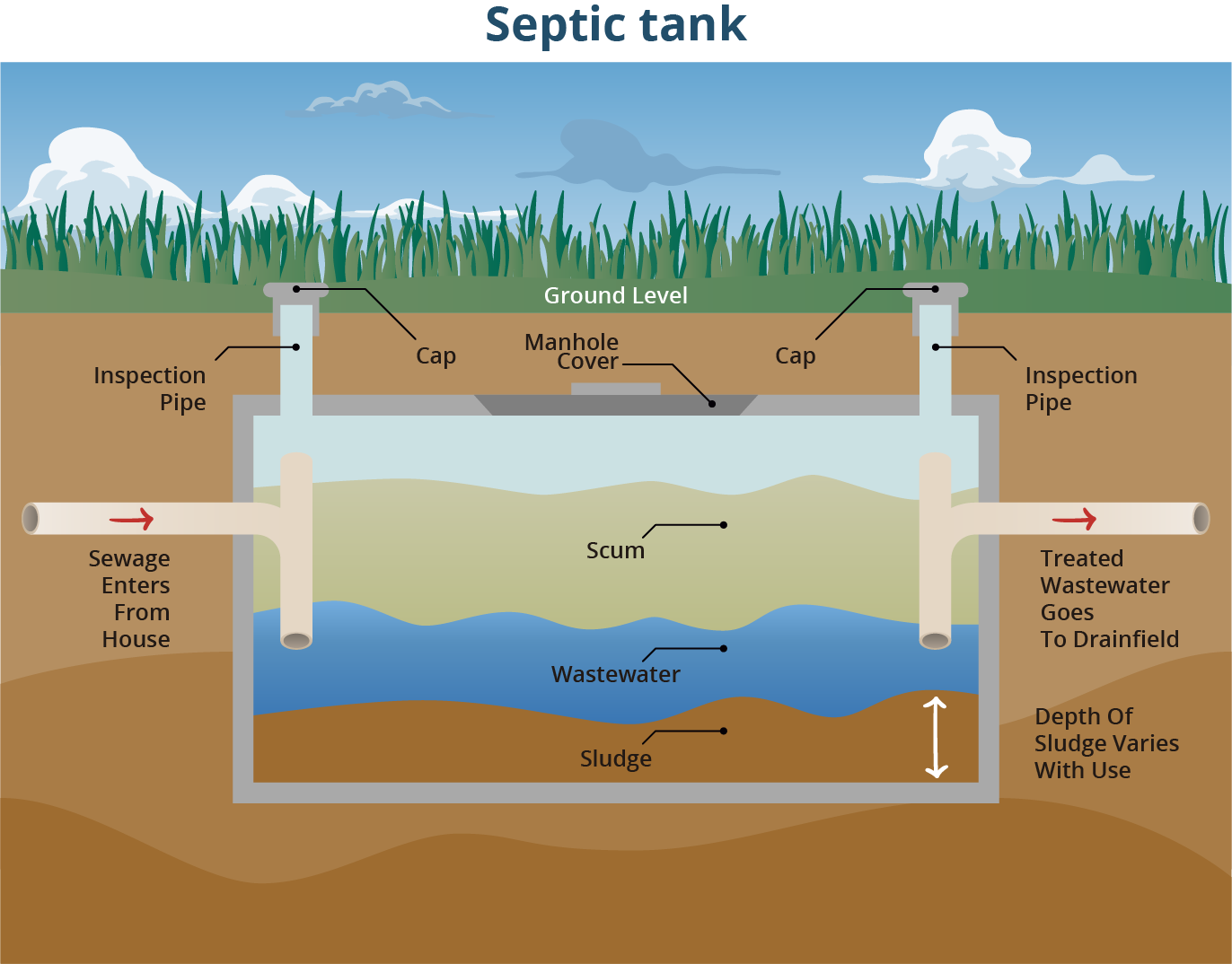
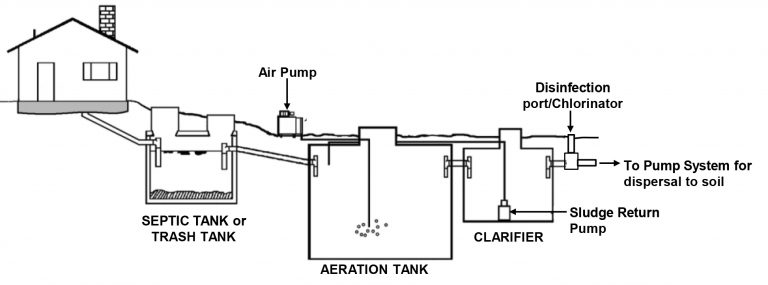
Post a Comment for "Nitrogen Reducing Septic System"